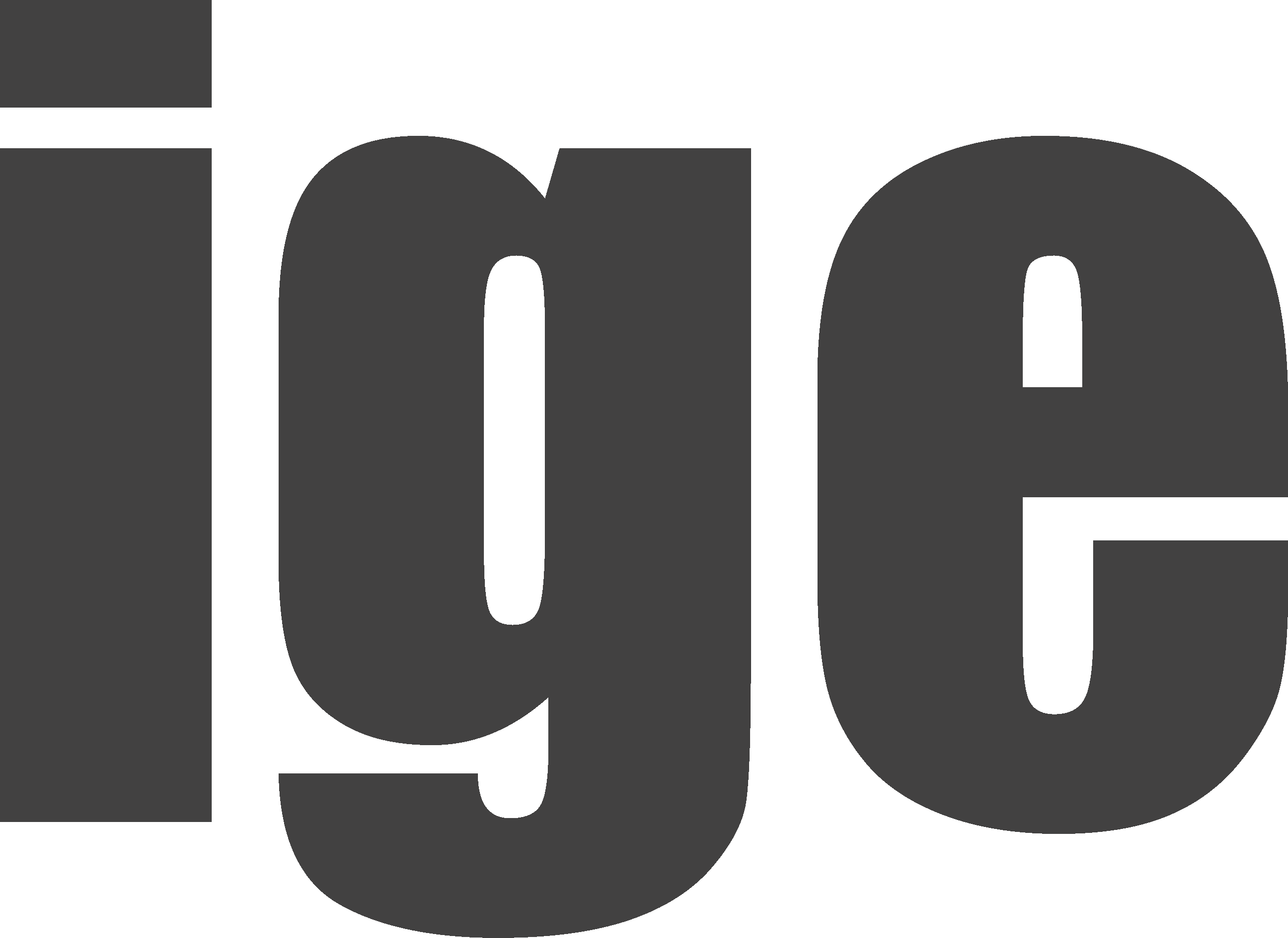VITALITY DISTRICT
Prof. Brian Cody, MSc Ph.D. Martin Kaftan, MArch. Mag.arch. BA M.Eng. Christiane Wermke, Anyla Berisha MSc, Muharem Alesevic
Description
The main objective of the VITALITY District project is to align the holistic (electrical and thermic) load and generation profile in kwh and thus optimize it during the design phase of urban areas and quarters. - Integral system planning at the quarter-level can reduce peak load energies and buffer surpluses in urban energy storages. In addition, this allows buildings of the district to be optimally coordinated and cared for. - VITALITY District develops tools and methods for the early planning phase of quarters in distributed power generation, distributed storage and interaction between buildings, grids, and storage. This would also prejudge the recently sent out EU-key policies European Green Deal1 and contribute to its implementation. - To develop and evaluate parameters for the development of energy coarse concepts at the quarter level (e.g.: share of renewable energies, energy efficiency, spatial comfort, define best placement of PV modules and sizing of storage to increase self-consumption at district level, etc.) The VITALITY District project aims to develop urban planning options towards a "low-carbon" city with a high quality of life and good resilience, considering existing and planned buildings, infrastructure and use.
Method
The project places emphasis on integrating existing knowledge and existing research and research results. With the results of this project, a technical basis for various aspects of an ambitious and actionable Smart City urban planning will be created on quarters. The innovation of VITALITY District lies in the early planning and tendering phase of the development and dissemination of low-carbon energy process concepts at the quarter level. This can not only make a major contribution to the achievement of the climate goals of the City of Vienna and subsequently the Republic of Austria, but can also create a decisive innovation advantage for Austrian stakeholders in this field Results: - Models for the simulation of aggregated PV yields for distributed and partially shaded systems of different sizes and technologies. Methods and potential for urban energy storage. Methods and potential for urban energy storage will be shown. - A list of criteria for early planning and tendering of energy-active quarters. - Renewable energy generation profiles and load profiles of different types of buildings can be generated at the quarter level. - Tool for urban planners to simulate quarters with urban storage and renewable energy. - Optimization potential compared to existing quarters and non-optimized use cases using an evaluation matrix - Holistic solutions for coordinated energy use from local energy resources combined with energy-efficient components to greening.
Duration
01. September 2020 - 31. August 2022 (ongoing)
Funding program
Stadt der Zukunft 7. Ausschreibung
Type of project
F&E Projekt
Partners
AIT Austrian Institute of Technology GmbH (Konsortialführung)
Technische Universität Graz, Institut für Gebäude und Energie - IGE, Österreich
EURAC European Academy of Bozen, Institute for Renewable Energy, Italien
Architekturbüro Reinberg ZT GmbH
GrünStattGrau Forschungs- und Innovations-GmbH, Innovationslabor
SAUTTER ZT - advanced energy consulting
